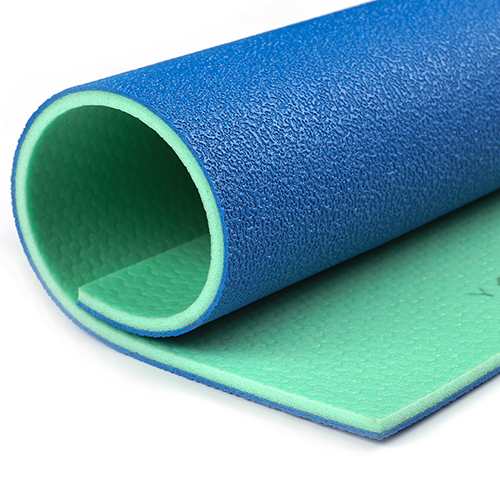11 月 . 04, 2024 17:49 Back to list
types of outdoor basketball court surfaces
Types of Outdoor Basketball Court Surfaces
When it comes to enjoying a game of basketball, the surface on which the game is played can have a significant impact on performance and safety. Outdoor basketball courts come in various surface types, each with its unique characteristics, advantages, and disadvantages. Understanding these different surfaces can help players, coaches, and facility managers make informed decisions about installations and play conditions.
1. Asphalt
One of the most common surfaces for outdoor basketball courts is asphalt. Its durability and cost-effectiveness make it a popular choice. Asphalt surfaces are relatively easy to maintain and can withstand various weather conditions. However, they can become quite hot under the sun, which may affect playability during the peak summer months. Furthermore, asphalt can provide a hard surface that may lead to injuries, such as sprains and stress fractures, if players are not careful.
2. Concrete
Concrete courts are renowned for their longevity and resilience. Like asphalt, they are robust and can endure heavy usage without significant wear and tear. Concrete surfaces, however, tend to be even harder than asphalt, possibly increasing the risk of injury. They can also be slick when wet, which poses a danger to players. Despite these drawbacks, many local parks and community courts utilize concrete because it can be finished with various textures and colors to enhance aesthetics.
types of outdoor basketball court surfaces

Rubberized surfaces are becoming increasingly popular for outdoor basketball courts. Made from recycled materials, they offer a cushioned feel that reduces the risk of injury and provides excellent shock absorption. This surface type is also slip-resistant, making it safer in wet conditions. Although rubberized surfaces typically come with a higher initial investment compared to asphalt and concrete, their durability and lower maintenance costs over time make them an attractive option for many facilities.
4. Polyurethane Courts
Polyurethane surfaces are a more advanced option, designed specifically for sports. These courts are known for their excellent traction and resilience, providing players with enhanced performance. They are non-slip and can absorb shock, which minimizes the risk of injuries. Polyurethane surfaces can be customized in terms of color and design, making them popular for professional and competitive environments. However, the cost of installing these courts can be significant, making them less accessible for community-level installations.
5. Grass and Dirt
While not as common as the other surface types, some outdoor basketball courts are made of grass or packed dirt. These surfaces can be found in informal pick-up game settings or rural areas where traditional courts are not available. However, grass and dirt surfaces can be unpredictable, as they may become muddy or uneven, potentially leading to injuries. They are generally not recommended for serious play due to their lack of consistency.
Conclusion
When choosing an outdoor basketball court surface, it is essential to consider factors like player safety, budget, and the intended use of the court. Each surface type offers distinct benefits and drawbacks, making it crucial to select one that best meets the needs of the players and the community. Regardless of the surface, fostering an enjoyable basketball experience should always be the ultimate goal.
-
Custom Pickleball Court Solutions Convert Tennis & Indoor Builds
NewsMay.30,2025
-
Outdoor Pickleball Court Costs Build & Install Pricing Guide
NewsMay.30,2025
-
Premium Pickleball Sports Courts Custom Design & Installation
NewsMay.30,2025
-
Indoor Pickleball Courts Tennis Court Conversion & Custom Builds Tempe
NewsMay.29,2025
-
Professional Pickleball Court Installation & Tennis Court Conversions
NewsMay.29,2025
-
Grey Synthetic surface-rubber prefabricated track
NewsMar.07,2025

